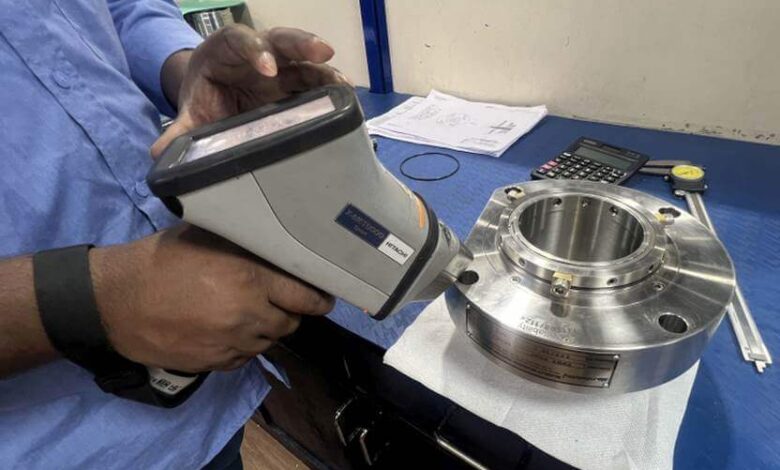The Importance of Seal Inspection in Industry

The process of seal inspection plays a crucial role in ensuring the integrity and performance of countless products and systems across various industries. This detailed guide explores what seal inspection entails, the tools and techniques employed, and why it is vital for maintaining quality and safety standards. For an in-depth look at seal inspection methods, check out this seal inspection resource.
What is Seal Inspection?
Seal inspection refers to the evaluation process used to ensure that seals—components critical to the function of machines, containers, and devices—are intact and capable of performing their roles. These inspections assess the physical condition, placement, and effectiveness of seals to prevent leaks, contamination, and component failures.
Types of Seals Examined
Seals come in various forms, including gaskets, o-rings, and mechanical seals, each serving specific purposes across industries like automotive, food and beverage, pharmaceuticals, and aerospace. Each seal type has unique specifications and inspection requirements that must be meticulously understood to ensure proper evaluation.
Why Seal Inspection is Crucial
The failure of a seal can lead to significant problems, such as product contamination, equipment damage, and costly recalls. Regular seal inspections help to prevent these issues by ensuring that seals are functioning correctly and efficiently, thus maintaining operational uptime and product safety.
Quality Control and Safety
Consistent seal inspection is part of a broader quality control strategy in many industries. In fields such as food processing and pharmaceuticals, where contamination must be avoided at all costs, reliable seals and their regular inspection are necessary to comply with stringent safety regulations and standards.
Cost Efficiency
Timely detection of seal failures through inspection can prevent costly downtimes and repairs. By identifying wear and tear early, businesses can replace seals before they cause more severe damage to machinery and prevent expensive shutdowns.
Common Seal Inspection Techniques and Tools
Seal inspections can be conducted through various methods, ranging from visual inspections to more advanced techniques using specialized equipment.
Visual Inspection
This basic method involves a trained inspector examining seals for visible signs of wear or damage, such as cracks, deformations, or discoloration. It’s a cost-effective approach but may not detect issues not visible to the naked eye.
Automated Inspection Systems
Advanced industries employ automated systems powered by cameras and sensors to detect imperfections at high speeds and with great accuracy. These systems can inspect hundreds of seals per minute, identifying issues that may be missed during manual inspections.
Non-Destructive Testing (NDT)
NDT methods like ultrasonic testing or X-ray can be used to inspect seals without causing damage, making it possible to detect hidden structural issues that are not visible on the surface.
Implementing Best Practices for Seal Inspection
Maintaining an effective seal inspection program involves more than merely selecting an inspection method. It requires developing a comprehensive strategy that includes training, scheduling regular inspections, maintaining equipment, and documenting results.
Regular Training
Ensuring that personnel involved in inspections are adequately trained on the latest technologies and industry standards is crucial for effective seal inspection. Ongoing training programs should be provided to keep skill sets up to date.
Consistent Inspection Schedules
Establishing a regular inspection schedule based on the operational environment and wear patterns of seals can help catch problems before they escalate into failures.
Documentation and Analysis
Recording inspection results and analyzing trends over time enables companies to identify patterns, predict failures, and make data-driven decisions on seal maintenance and replacement.
Conclusion
Seal inspection is an essential component for maintaining the safety, quality, and efficiency of products and operations in various industries. By understanding the importance of this process and implementing strategic inspection plans, businesses can safeguard their operations against failures, reduce costs, and uphold the highest quality standards. Therefore, it is essential to stay informed about advancements in inspection technology and continually refine inspection practices for optimal results.




